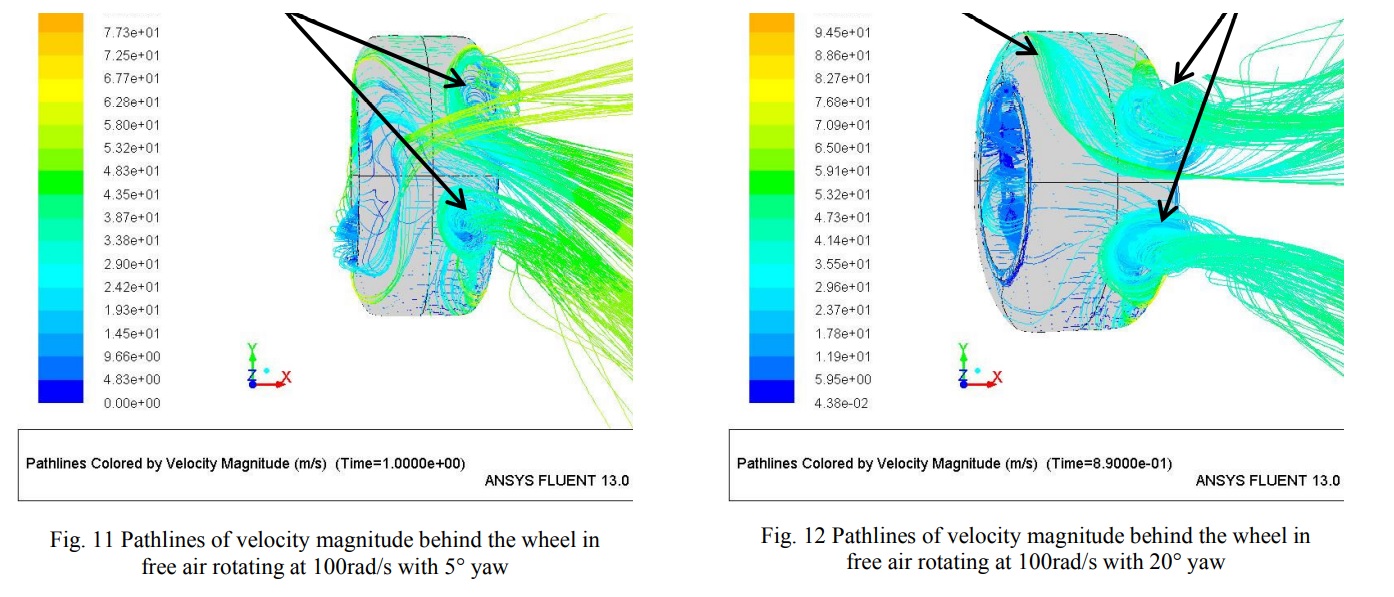Let's not discuss this here.
But i think you are misunderstanding what I am saying.
The broad sidepods have little to do with front tyre wake.
The undercut from the tea tray to the underneath of the sidepod is the main aerodynamic feature of the formula. And this has more to do with the underfloor from midspan of the car to the rear tyre.
oh I just realized the discussion was moved!

Yes let's discuss this here.
I would love for a 3d model to be shared for me to run the cfd.
If there are no sharers i can do a very rudimentary model in about a week.
But the front tyre wake is not particularly manipulated by the bluff body of the sidepods to do anything special.
If i were to entertain the theory, at best i can see this low pressure and disorganized flow region colliding with the big sidpod then given some "form" as it adheres to the pod. But this is draggy.
The true function of the big pods what what they do with their upper surfaces as it relates to pressure recovery towards the diffuser, providing higher pressure and cleaner flow on top of the diffuser and through the small crevaces between ream arms, beam wing and gurney on the diffuser trailing edge.
Now lets look on the barged boards that are no longer on this new formula. These were responsible for diverting air from between the front tyres, from the front wing, and some of what is left in the wake of the front tyres.
They pushed the air outward, but importantly pulled and expanded air behind them atop of the floor. The air that's pushed outward also educted air from underneath the foor, which acts to drive air flow under the floor.
Without bargeboards, this function is carried out by the underneath of the sidepods themselves, otherwise called the undercut. See new AMR23 front view. The function takes place further downstream midrift of the car. Drives air from underneath increasing the efficiency of the floor. Maybe there is some benefit for the lower quarter of the rear tyres in terms of drag reduction, but I am not certain until i see or do some proper cfd on it.
)



